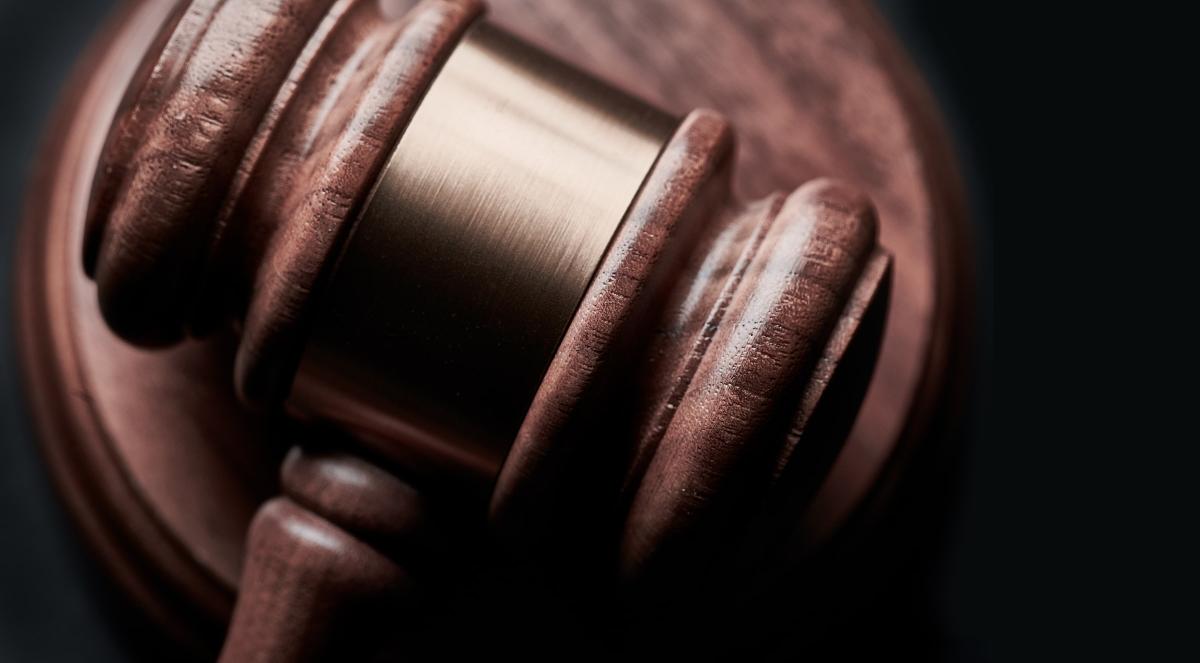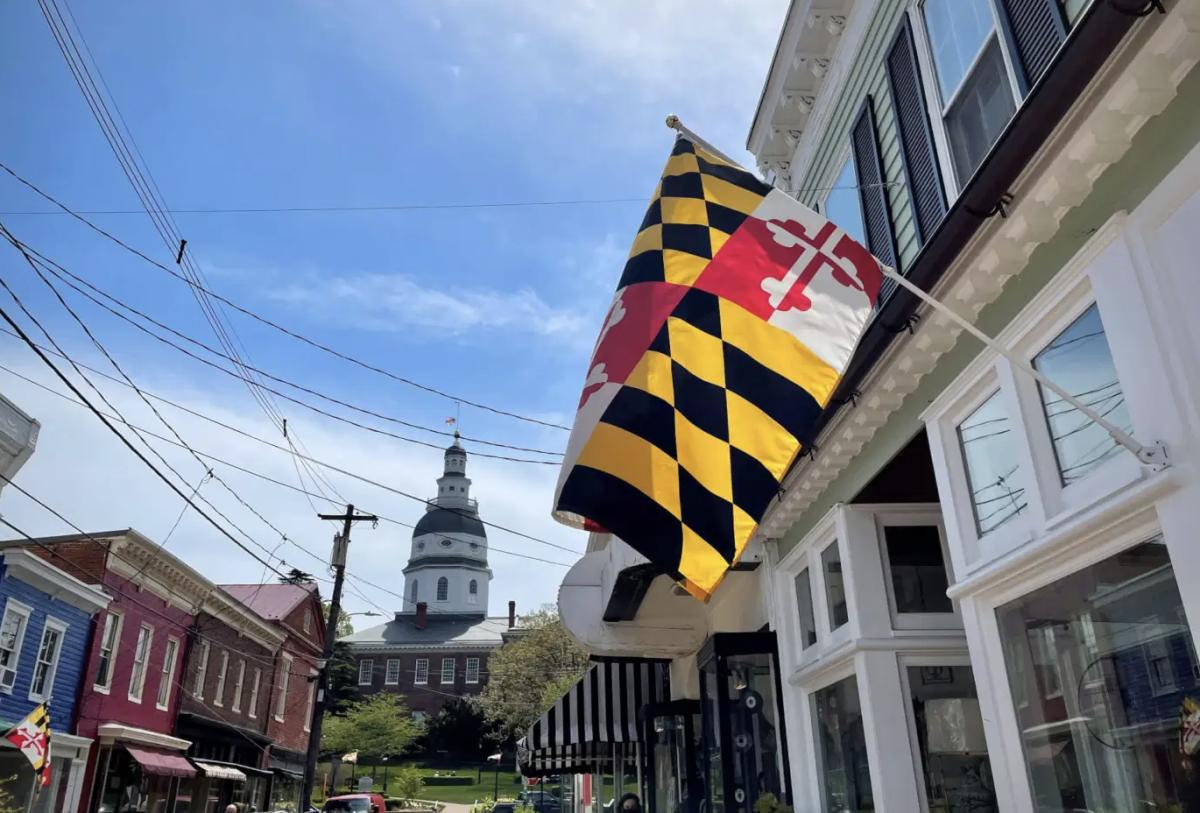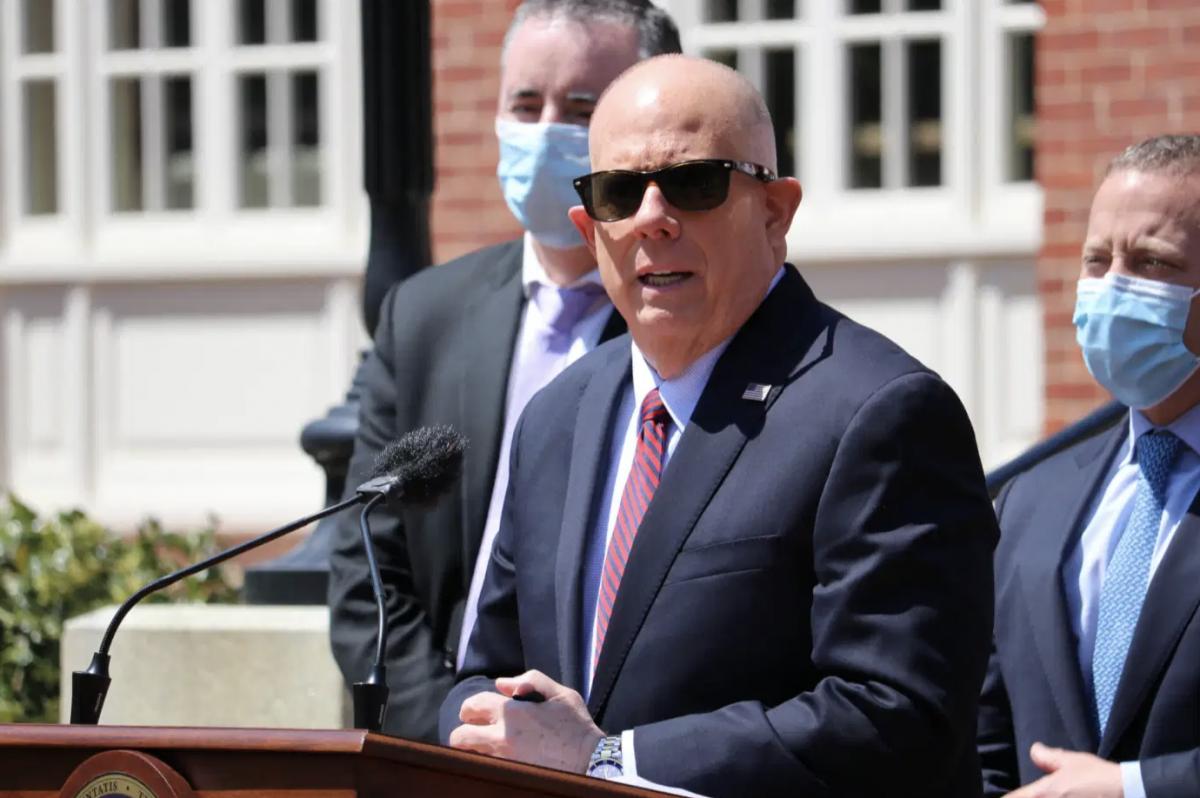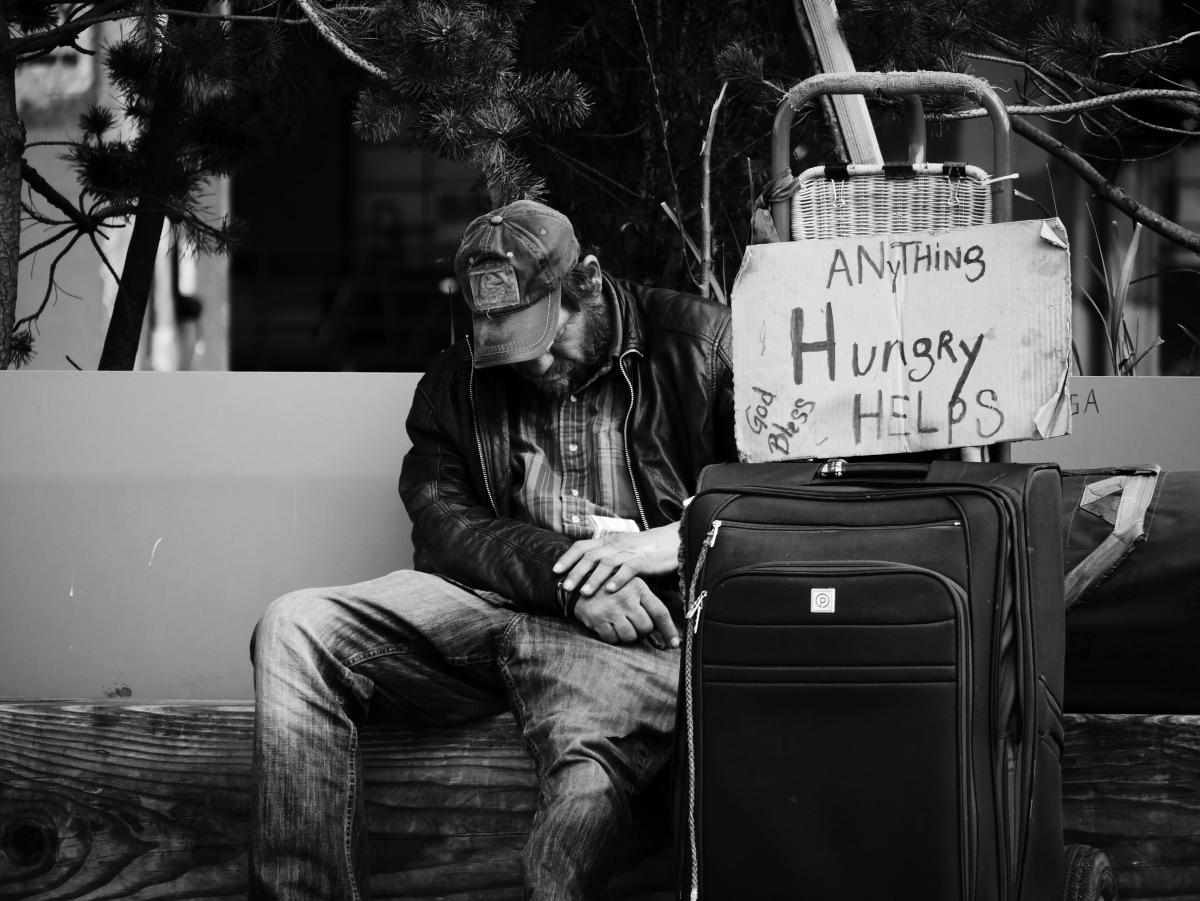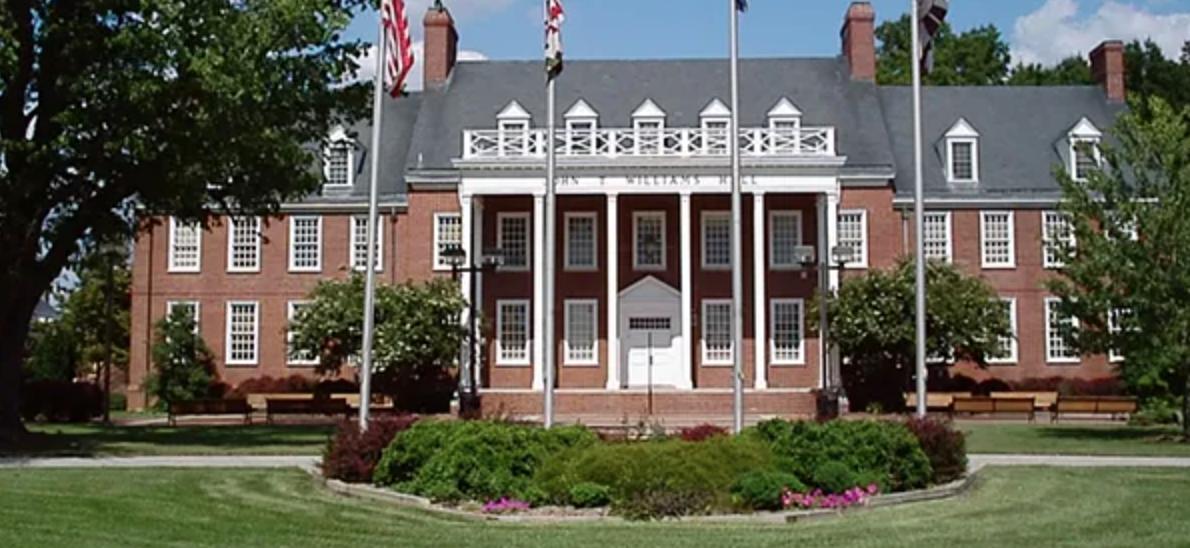A Baltimore City Circuit Court judge issued a ruling on Tuesday that will maintain Maryland’s participation in enhanced federal unemployment benefits.
Judge Lawrence Fletcher-Hill issued a preliminary injunction shortly before 10 a.m. requiring the Hogan administration to continue offering federally funded expanded unemployment benefits.

Gov. Larry Hogan
Gov. Lawrence J. Hogan Jr. (R) had sought to end Maryland’s participation in the federal programs on July 3, but two lawsuits filed by unemployed workers led Fletcher-Hill to issue, last weekend, a temporary restraining order which maintained the federal unemployed benefits until the end of the day Tuesday.
At issue are the federal unemployment programs that maintain benefits for those who have been unemployed for more than 26 weeks and offer $300 payments to workers who, historically, have not been eligible for benefits — such as independent contractors, self-employed and gig workers.
Although these federal programs are slated to expire on Sept. 6, at least 25 states led by Republican governors are halting enhanced unemployment benefits early, blaming the federal programs for a shortage of workers.
But lawmakers and advocates for unemployed workers said ending the program early would harm struggling workers and the state’s economy by foregoing an estimated $1.5 billion in federal funding for the expanded unemployment benefits.
Fletcher-Hill agreed that the plaintiffs showed they would suffer “significant personal hardship” if the benefits terminated early.
“Plaintiffs have been strained economically and emotionally by the pandemic. In its global scope and in the anxiety that almost all people experience over the threat of disease, the impact of the pandemic has been universal,” Fletcher-Hill wrote. “But the brief stories of these Plaintiffs reminds the Court that the impact of the pandemic has been cruelly uneven.”
Fletcher-Hill’s opinion hinged, in part, on a law passed by the Maryland General Assembly during the 2021 legislative session.
That bill required the Hogan administration to “expand access to unemployment benefits or reduce bureaucratic hurdles to prompt approval of unemployment benefits” and to cooperate with the U.S. Department of Labor to the fullest extent possible.
“We saw last year that the Hogan administration was not going out of its way to ensure that people who earned unemployment benefits got them,” said Sen. James Rosapepe (D-Prince George’s), a sponsor of the bill, after the judge’s injunction. “…We knew there was the danger that they wouldn’t take advantage of the economic support for Maryland that the federal government could provide.”
The benefits have been the focus of multiple hearings since early this month.
By the time a hearing on the preliminary injunction was scheduled Monday, only a few weeks of the state’s participation in the program were still disputed.
During testimony on Monday, Maryland Labor Secretary Tiffany P. Robinson said the state would maintain benefits through at least mid-August because of required reporting deadlines by the U.S. Department of Labor.
Tuesday’s injunction was the latest in a string of court defeats for the Hogan administration.
Over the Independence Day weekend, Fletcher-Hill issued the temporary restraining order, which Hogan unsuccessfully appealed.
In a statement, Hogan spokesman Michael Ricci said the administration fundamentally disagreed with the judge’s decision but will not appeal the injunction.
“While we firmly believe the law is on our side, actual adjudication of the case would extend beyond the end of the federal programs, foregoing the possibility of pursuing the matter further,” he wrote, noting that half of states have moved to end the programs early.
In the statement, the governor’s office maintained that the program was hindering economic recovery efforts in Maryland, a point of national debate.
“This lawsuit is hurting our small businesses, jeopardizing our economic recovery, and will cause significant job loss,” Ricci wrote.
Beginning next week, work search requirements for federal program beneficiaries will go into effect, and claimants will have to search for work using the Maryland Workforce Exchange, according to the governor’s office.
Read the preliminary injunction.
By Danielle E. Gaines
